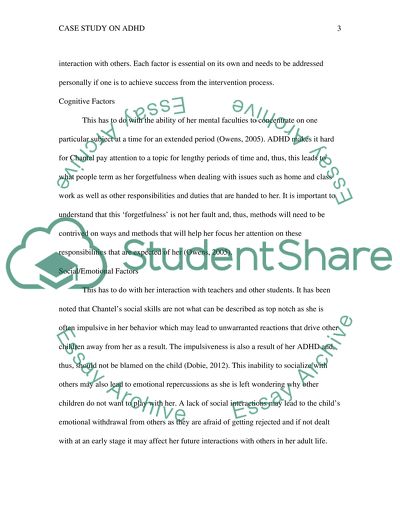Cite this document
(“ADHD and its Treatment Research Paper Example | Topics and Well Written Essays - 1250 words”, n.d.)
Retrieved de https://studentshare.org/psychology/1466502-case-study
Retrieved de https://studentshare.org/psychology/1466502-case-study
(ADHD and Its Treatment Research Paper Example | Topics and Well Written Essays - 1250 Words)
https://studentshare.org/psychology/1466502-case-study.
https://studentshare.org/psychology/1466502-case-study.
“ADHD and Its Treatment Research Paper Example | Topics and Well Written Essays - 1250 Words”, n.d. https://studentshare.org/psychology/1466502-case-study.


